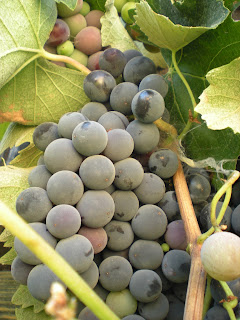Bulbs come in endless variety which makes them perfect for
any type of garden. Varieties include corms, rhizomes and tubers.
Corms are sometimes confused with true bulbs, they are
similar in appearance externally but the inside of corms is structured differently.
Examples of rhizomes are irises, Lily of the Valley and
cannas. Tubers are begonias and dahlias. Tulips and daffodils are considered
true bulbs.
A bulb is a self-contained flower factory. It contains nearly everything the flower needs
to come to life. If you split a bulb open you will see the baby flower bud,
leaves, roots, stem and food supply. All it needs is to be placed in the ground
at the appropriate season of the year, some water then left to work their
magic.
I planted a dahlia a few years ago and it keeps coming back
every spring. The one I planted is the cactus type. It has fully double flowers
with pointed florets. The flower is pinkish to white in color and around 5” to
10” in diameter. The first year blooms were really big but becoming smaller
every year which means the bulb needs to be dug up and divided. This needs to be done before spring.
Dahlias came from Central America and Mexico. The Aztecs
cultivated dahlias for food and decorative purposes. They are also used for
ceremonial purposes. The dahlia is named after Swedish botanist Anders Dahl an
18th century botanist. It is also the national flower of Mexico.







